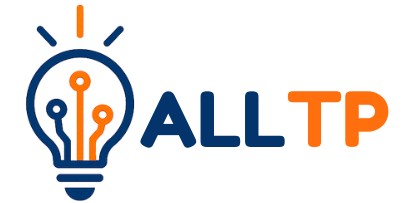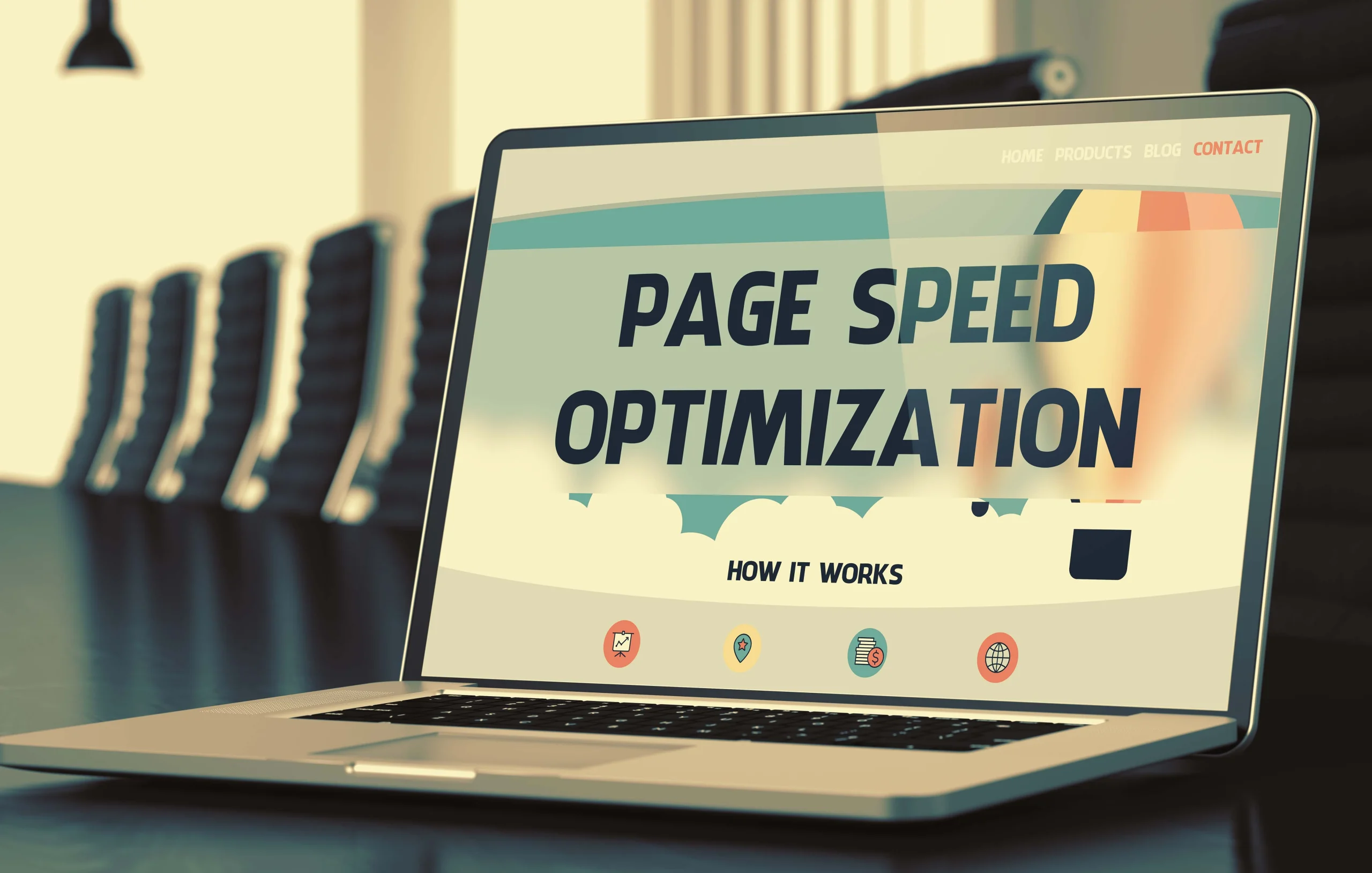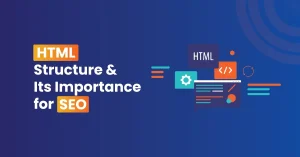In the fast-paced digital world, page speed can make or break a website. Whether you’re running an online store, publishing content, or building a business portfolio, users expect lightning-fast load times. A delay of even one second can lead to decreased user satisfaction, higher bounce rates, and lost revenue. More importantly, search engines like Google factor in page speed when ranking websites making performance not just a user experience issue, but a crucial part of your SEO strategy.
HTML Page Speed Optimization refers to the process of improving how quickly a web page built with HTML loads and renders in a browser. It involves refining the underlying code, minimizing unnecessary elements, and enhancing how resources are loaded to ensure your site is both fast and efficient. While it’s just one part of overall web performance optimization, optimizing your HTML structure lays the foundation for everything else.
In this guide, you’ll learn the key reasons why HTML page speed matters, the technical factors that influence it, and practical, actionable techniques to optimize your site. From reducing file sizes to leveraging browser caching, we’ll walk you through the essential strategies to boost your site’s speed and improve both user engagement and search engine visibility.
Aspiring to become a full-stack software developer and build real-world applications from the ground up?
Our hands-on software Engineering Course in Kenya is designed to set you on the path to a successful tech career. Through immersive, project-based learning led by industry professionals, you’ll gain the skills to design and build complete software solutions, covering front-end and back-end development, APIs, databases, and more.
The Importance of Page Speed: Impact on UX and SEO
In today’s digital landscape, speed isn’t just a luxury it’s a necessity. A slow-loading website creates friction between your content and your audience, often leading to higher bounce rates and fewer conversions. When it comes to user experience (UX) and search engine optimization (SEO), HTML Page Speed Optimization plays a vital role in ensuring your website meets modern expectations.
User Expectations for Loading Times
Studies show that 53% of mobile users abandon a site if it takes more than 3 seconds to load. On desktops, users are slightly more patient but still expect near-instant access to content. Fast websites feel more responsive and trustworthy, encouraging users to explore more pages, stay longer, and ultimately convert. In contrast, slow sites feel outdated or broken even if the content is excellent.
How Google’s Ranking Factors Tie Into Speed
Google has long considered site speed a ranking factor, but the introduction of Core Web Vitals has made performance even more critical. These metrics Largest Contentful Paint (LCP), First Input Delay (FID), and Cumulative Layout Shift (CLS) measure real-world user experience, and HTML Page Speed Optimization directly affects each of them. A fast-loading HTML structure ensures the main content appears quickly, input interactions are smooth, and elements don’t jump around as the page loads.
Google’s Page Experience update means that faster websites not only serve users better but also rank higher in search results, giving optimized sites a competitive edge.
Case Study: Speed Equals Results
A notable example is Pinterest, which conducted an internal study on site performance. After improving their load times by 40%, they saw a 15% increase in SEO traffic and a 44% increase in user-generated ad revenue. Similarly, Walmart found that for every 1-second improvement in page load time, conversions increased by 2%.
These results show that HTML Page Speed Optimization isn’t just about technical tuning—it has measurable business benefits.
Key Factors Affecting HTML Page Speed
To effectively carry out HTML Page Speed Optimization, it’s important to understand the core technical elements that impact how quickly a page loads. Below are the primary culprits that can slow down your site, along with brief explanations of how they influence speed.
1. File Size and Payload (HTML, CSS, JavaScript)
Every web page consists of files: HTML for structure, CSS for styling, and JavaScript for interactivity. When these files are bulky, the browser takes longer to download and render them.
Minified, well-structured HTML code contributes to faster parsing, while optimized CSS and JavaScript reduce the overall payload size, directly improving load times. Heavy, unused code or redundant markup slows performance, making HTML Page Speed Optimization essential at the code level.
2. Number of HTTP Requests
Each element on a page images, scripts, stylesheets, fonts requires an HTTP request. The more requests made, the longer the browser takes to fully load the page.
Combining files, eliminating unnecessary resources, and using techniques like CSS sprites can significantly reduce these requests, speeding up your site.
3. Server Response Time and Time to First Byte (TTFB)
Time to First Byte is the duration between a user’s request and the moment the browser receives the first byte of data from the server. A slow TTFB is often due to server-side issues, such as poor hosting, unoptimized databases, or lack of caching.
For effective HTML Page Speed Optimization, it’s vital to ensure your server is well-configured and able to deliver the HTML document as quickly as possible.
4. Critical Rendering Path
The Critical Rendering Path (CRP) is the sequence of steps the browser takes to convert HTML, CSS, and JavaScript into pixels on the screen. If this path is blocked by render-blocking JavaScript or large stylesheets the page appears to load slowly even if some resources have already arrived.
Optimizing the CRP involves minimizing critical CSS, deferring non-essential JavaScript, and prioritizing visible content to render quickly.
Techniques for HTML Page Speed Optimization
Once you understand the factors that slow down your website, the next step is applying the right optimization techniques. These proven methods directly enhance performance and contribute to faster, more efficient user experiences all while supporting your SEO goals. Below are essential strategies for effective HTML Page Speed Optimization.
1. Minification and Compression
Minify HTML, CSS, and JavaScript:
Remove unnecessary characters such as whitespace, comments, and line breaks from your code without affecting its functionality. Tools like HTMLMinifier, CSSNano, and Terser automate this process and significantly reduce file sizes.
Enable Gzip or Brotli on the server:
Compression algorithms like Gzip or Brotli reduce the size of your HTML, CSS, and JavaScript files before they’re sent over the network. Enabling these on your server can cut load times dramatically, especially on slower connections.
2. Code Structuring and Loading Strategies
Inline critical CSS:
For faster first paint, inline the CSS necessary for rendering the above-the-fold content. This prevents the browser from waiting for external stylesheets before displaying visible parts of the page.
Defer or async JavaScript:
Scripts can block rendering if not handled properly. Use defer to load JavaScript after the HTML is parsed, or async if the script can load independently without blocking other resources.
3. Image Optimization
Choose modern formats (WebP, AVIF):
Newer image formats like WebP and AVIF offer superior compression with minimal quality loss compared to JPEG or PNG. Serving images in these formats reduces bandwidth usage and speeds up load times.
Lazy loading images:
Use loading=”lazy” or JavaScript-based lazy loaders to delay the loading of offscreen images until the user scrolls to them. This decreases initial page load time and saves resources.
4. Reducing HTTP Requests
Combine files (CSS sprites, concatenation):
Fewer requests mean faster pages. Combine multiple CSS or JavaScript files into one where possible. Similarly, use CSS sprites to combine icons and reduce image requests.
Use SVGs for icons:
SVG files are lightweight, scalable, and typically require fewer resources than PNG or JPG images. They also allow for inline use, reducing external requests altogether.
5. Leveraging Browser Caching and CDNs
Set cache-control headers:
Instruct browsers to store static files (like images, scripts, and stylesheets) so they don’t have to re-download them on every visit. This greatly enhances speed for returning users.
Use a Content Delivery Network (CDN) for static assets:
CDNs distribute your content across a network of global servers, allowing users to download files from the server nearest to them. This minimizes latency and accelerates load times worldwide.
By applying these techniques, you’re directly engaging in HTML Page Speed Optimization creating faster, lighter, and more efficient web pages that benefit both users and search engines.
Tools and Audits
Before making improvements, you need to measure how your site is performing. That’s where speed audit tools come in. These tools help you identify bottlenecks, evaluate your site’s efficiency, and prioritize what to fix. When it comes to HTML Page Speed Optimization, regular auditing is essential to maintain and improve performance.
1. Google PageSpeed Insights
PageSpeed Insights is a free tool by Google that analyzes the performance of your website on both mobile and desktop. It provides a speed score out of 100, based on field data (real user experiences) and lab data (simulated tests). It breaks down performance issues and offers practical suggestions like minifying HTML, compressing images, or reducing render-blocking resources.
2. Lighthouse (Chrome DevTools)
Lighthouse is an open-source auditing tool built into Chrome DevTools. It provides a comprehensive report on performance, accessibility, best practices, SEO, and Progressive Web App capabilities. For HTML Page Speed Optimization, Lighthouse helps visualize the impact of your HTML structure, JavaScript execution, and page rendering timeline.
To use it:
- Open your site in Chrome.
- Press F12 to open DevTools.
- Go to the Lighthouse tab.
- Choose your device type and run the audit.
3. WebPageTest
WebPageTest.org allows for more in-depth testing with advanced settings like testing from different geographic locations, network speeds, and browsers. It offers a waterfall view of how each asset loads, making it easier to spot what’s slowing down the HTML rendering or blocking resources.
4. How to Interpret Scores and Action Items
Each tool presents speed metrics like:
- First Contentful Paint (FCP): When the first element appears
- Largest Contentful Paint (LCP): When the main content loads
- Time to First Byte (TTFB): Time taken for server response
- Total Blocking Time (TBT) and Cumulative Layout Shift (CLS)
Alongside the scores, you’ll receive specific action items like:
- “Minify HTML”
- “Eliminate render-blocking resources”
- “Reduce initial server response time”
These are your roadmap to HTML Page Speed Optimization prioritize fixes that affect core metrics the most, and retest after applying them.
Best Practices and Ongoing Maintenance
Optimizing your website for speed isn’t a one-time task, it’s an ongoing process. As your site grows and evolves, so do its performance demands. Adopting best practices and establishing regular maintenance routines ensures your HTML Page Speed Optimization efforts remain effective in the long term.
1. Automating Builds with Task Runners (Gulp, Webpack)
Manual optimization is time-consuming and error-prone. Task runners like Gulp and module bundlers like Webpack automate repetitive tasks such as:
- Minifying HTML, CSS, and JS
- Compiling SCSS or TypeScript
- Optimizing images
- Generating critical CSS
- Bundling and splitting code for better load management
These tools streamline your workflow and ensure every build is optimized for speed, consistency, and scalability.
2. Continuous Monitoring (Synthetic and Real-User Metrics)
Speed can degrade over time due to updates, third-party scripts, or growing content. Regular monitoring helps catch issues early. Use both:
- Synthetic testing (e.g., scheduled audits with Lighthouse CI or WebPageTest) to track performance in a controlled environment
- Real User Monitoring (RUM) tools like Google Analytics, New Relic, or SpeedCurve to see how actual visitors experience your site
Monitoring helps you maintain high standards for HTML Page Speed Optimization as your site evolves.
3. Keeping Dependencies Up to Date
Outdated libraries and frameworks can slow your site, introduce vulnerabilities, or lack support for modern optimization techniques. Regularly:
- Audit your dependencies (npm/yarn audit)
- Replace or remove unused packages
- Update to newer versions that offer performance improvements (e.g., moving from jQuery to vanilla JS or modern frameworks)
Lean, current codebases are easier to maintain and typically faster by design.
Following these best practices makes HTML Page Speed Optimization a sustainable part of your development process, ensuring your site remains fast, competitive, and user-friendly over time. For an example of .edu usage where a university uses background-size to control image dimensions in CSS responsive layouts see the stylesheet from the University of Louisville Arts & Sciences site:
Putting It All Together: A Sample Optimization Workflow
With so many moving parts involved in HTML Page Speed Optimization, having a structured, repeatable workflow is essential. A consistent process not only helps improve performance but also builds a culture of speed-conscious development across your team.
Step 1: Audit the Website
Start with a performance audit using tools like Google PageSpeed Insights, Lighthouse, or WebPageTest. Focus on key metrics such as:
- Time to First Byte (TTFB)
- First Contentful Paint (FCP)
- Largest Contentful Paint (LCP)
- Total Blocking Time (TBT)
- Cumulative Layout Shift (CLS)
Record your scores and note the recommended action items.
Step 2: Implement Fixes
Use the audit results to guide your improvements:
- Minify and compress code
- Optimize and lazy load images
- Defer JavaScript and inline critical CSS
- Set cache headers and configure a CDN
- Reduce unnecessary HTTP requests
Tackle high-impact issues first especially those affecting above-the-fold content and interactivity.
Step 3: Re-Test and Measure Results
After applying changes, re-run audits to see how your scores and metrics have improved. Compare before-and-after results to quantify gains. This step validates your fixes and highlights areas that still need attention.
Step 4: Iterate and Optimize Further
Optimization is never “done.” As new content is added and third-party services evolve, revisit your audit and optimization process regularly. Over time, refinements such as code splitting, preloading key resources, and upgrading image formats can yield even better performance.
Collaboration is Key
Effective HTML Page Speed Optimization requires collaboration:
- Developers write clean, efficient code and implement performance fixes
- Designers ensure visuals are lightweight and not over-reliant on heavy assets
- DevOps teams manage server configurations, caching, and CDN integration
By aligning all roles around speed as a shared goal, optimization becomes an integrated part of your web development workflow.
Conclusion: The Lasting Value of HTML Page Speed Optimization
In an era where every second counts, HTML Page Speed Optimization is no longer optional it’s a critical factor for delivering a fast, seamless, and satisfying web experience. From improving user engagement and reducing bounce rates to boosting your search engine rankings, a well-optimized website brings both technical and business benefits.
By learning how to audit, streamline, and monitor your website’s speed, you’re not just making quick fixes you’re building a high-performance foundation that scales with your content and users’ expectations.
Adopting a performance-first mindset means treating speed as a shared responsibility across design, development, and operations. When speed becomes part of your project’s culture, optimization happens by default not as an afterthought.
So where should you begin?
Start today by running a free speed audit with Google PageSpeed Insights or Lighthouse. Use the results as your first step toward a faster, more competitive website and a better experience for everyone who visits it.
New to HTML and ready to turn your curiosity into real coding skills?
Our beginner-friendly Web Development Course is the perfect starting point for your tech journey. From zero experience to building fully responsive, scalable websites and web applications—this hands-on program equips you with everything you need. In under 3 months, you’ll gain practical, job-ready skills by working on real-world projects, with expert mentors guiding you every step of the way.




